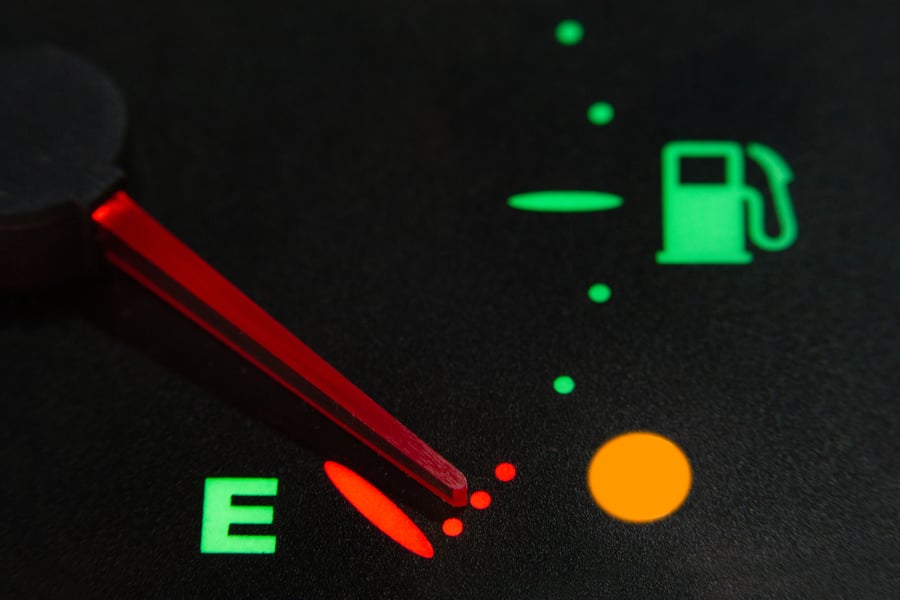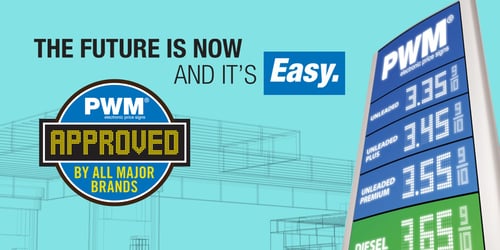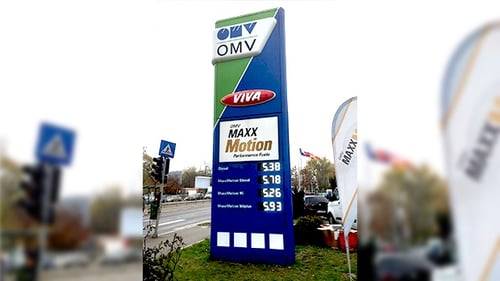The Future of Pump Top Advertising

The average consumer stops at a gas station half a dozen times per month. And every time they fill the tank, they are at eye level with the top of the pump for about five minutes. It’s no wonder that the pump top has long been prime real estate for advertisers who love a captive audience. Gas station owners may use this space to advertise in-store specials or loyalty programs. But they can also make decent revenue selling ad space to businesses.
Here’s a look at some of the ways pump top advertising is evolving and how to make the most of it.
Gas Station TV (GSTV) Is a Popular Choice
Twenty years ago, all pump toppers were simple print display ads. Today, the options are much more dynamic. A company called BillBoard Video made an early attempt at putting small television screens on gas pumps back in 2000. A few years later, the company shut down the pilot program for GSTV. However, by 2006, advances in digital and wireless tech made it possible to install outdoor screens at a much lower cost. Since multiple advertisers can share the same pump topper with rotating commercials, convenience stores have even more opportunities to partner with local and national brands to reach customers. Peak refueling hours can even be priced differently than off-peak hours.
IoT Could Change the Game Again
Currently, most GSTV installations show identical ads to all customers at a particular gas station. However, this could change with the trend toward using AVA (anonymous video analytics). Some major retailers are already using this technology in stores with signage that contains embedded cameras. Unlike facial recognition technology, AVA algorithms don’t identify a specific person. Instead, the program detects in real time when a human face is turned toward the screen and estimates the age and gender of the person viewing the ad. This information can be used to display ads that are targeted to a specific demographic.
Gas station pumps equipped with proximity sensors that can communicate with a vehicle or smartphone may soon be able to detect habits such as a driver’s purchase history. This even more detailed information could also be used to drive targeted ads. With IoT enabled, each pump topper could display different ads depending on the motorist performing the refueling.
Getting Pump Top Advertising Right
If a gas station is looking to sell advertising space, who is interested in buying? Businesses of all sizes are attracted to pump top advertising, but those that want access to localized audiences are at the top of the list. Most drivers routinely refuel within a few miles of their home, giving advertisers the chance to confidently target consumers in a specific geographic reason.
Automotive products and services companies also gravitate toward marketing to motorists. Having a GSTV ad for stereo installation or other vehicle upgrades might be suitable. However, gas pump ads are now competing with the smartphone for the attention of customers during the refueling process. Adding an interactive component such as an on-screen QR code might add an incentive for customers to engage with the advertising.
Gas stations should also consider whether consumers will be put off by a particular ad. For example, one motorist complained about being faced with an intrusive pump top TV ad for a fuel-efficient vehicle complete with the tagline, "Gas pumps hate us.” The convenience store owner apparently didn’t consider that this ad brought attention to the high price at the pump and made the consumer feel upset about having to fill up. An irritated customer is less likely to enter the store and make additional purchases. Rotating ads on a weekly basis may be a good idea, since repeat customers may get tired of seeing the same commercial over and over.
Gas stations should also consider how all their available advertising space works in synergy to drive engagement. For example, if an ad does well on the pump top, the station owner might want to upsell that advertiser to run more expensive ads on large-scale digital signage like the PWM ProfitBoard. In the same way, convenience stores could augment their ProfitBoard signage for in-store specials by running the same ads on the pump top screen—boosting in-store traffic.






